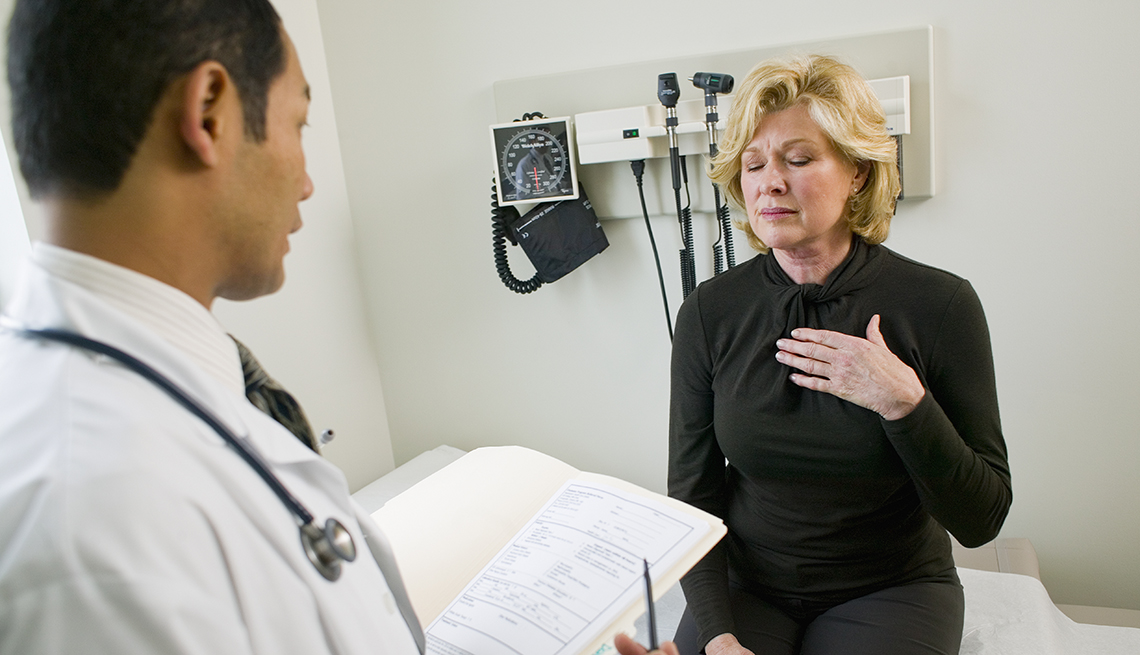Staying Fit
Anyone who’s ever reached for an antacid tablet after a really good Thai meal or been abruptly awakened from a restful slumber, gasping for air, can tell you this: Acid reflux is a killjoy. Even less fun? When it becomes a chronic condition known as gastroesophageal reflux disease (GERD).
The discomfort is caused by stomach contents flowing upward into the esophagus, where they lead to symptoms like heartburn. Some people also experience regurgitation, an acidic or bitter taste in their mouths, or chest pain. “Have you ever done shots in a bar?” says Gulchin Ergun, M.D., a gastroenterology specialist in Houston and professor of medicine in digestive disorders at Houston Methodist Hospital. “That’s what it feels like — an uncomfortable burning sensation.”
During an episode of nighttime acid reflux, you may find yourself choking or coughing uncontrollably when that acid finds its way up. Difficulty swallowing or the sensation of a lump in your throat are also common symptoms.


AARP Membership— $12 for your first year when you sign up for Automatic Renewal
Get instant access to members-only products and hundreds of discounts, a free second membership, and a subscription to AARP the Magazine.
Why is this happening?
Everybody needs acid in their stomach — it helps break down food for digestion and kills bacteria. “It’s a defense mechanism and it’s pretty strong,” Ergun says. “Normally, you don’t buy things to clean your house that are as strong as stomach acid. But the stuff in your stomach doesn’t usually come up into your chest. There are mechanisms that the body has created for that.”
At the bottom of the esophagus is a circular band of muscle, called the lower esophageal sphincter, which separates it from the stomach. It generally remains closed, but when we eat and swallow, this valve relaxes to let food and liquid pass through to the stomach, then closes again. Acid reflux occurs when the valve opens when it’s not supposed to, so the stomach contents — be they food, acid or digestive juices — flow backward.
It’s normal for that valve to open from time to time, allowing us to let out a discreet (or hearty) burp. But problematic reflux can cause heartburn, especially after a meal or when you lie down to doze. GERD is chronic acid reflux that becomes problematic. According to the American College of Gastroenterology, it’s believed that as many as 20 percent of U.S. adults suffer from it.
Age can be a factor. Just as our skin gets looser as we get older, the bundle of muscle that makes up the lower esophageal sphincter, as well as the supporting structures of the stomach, may not be as taut, ultimately creating more leeway for digested food to gravitate upward. Producing less saliva — which helps neutralize acid in your esophagus as it goes down — after a certain age can also play a role, Ergun says.





































































